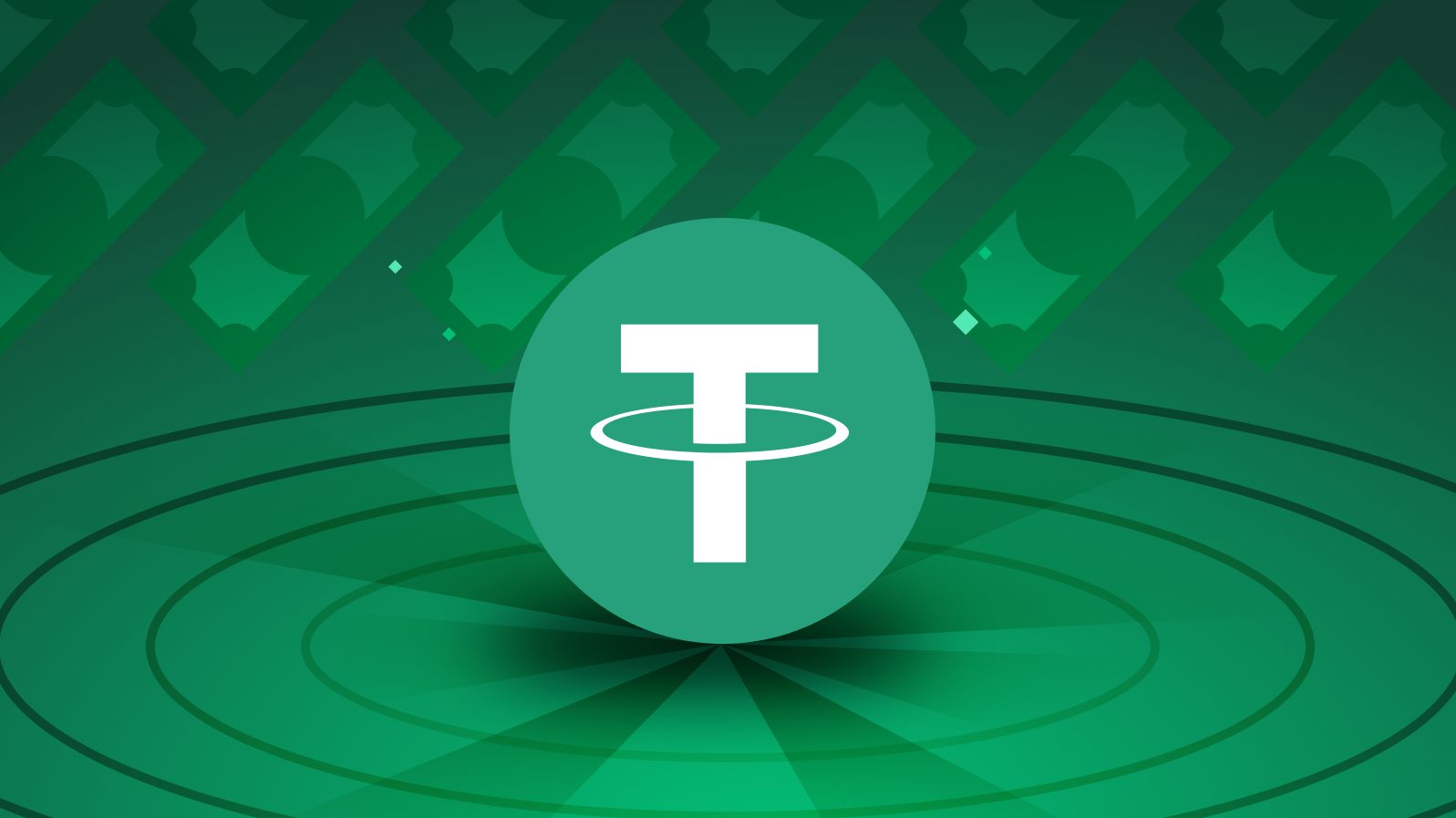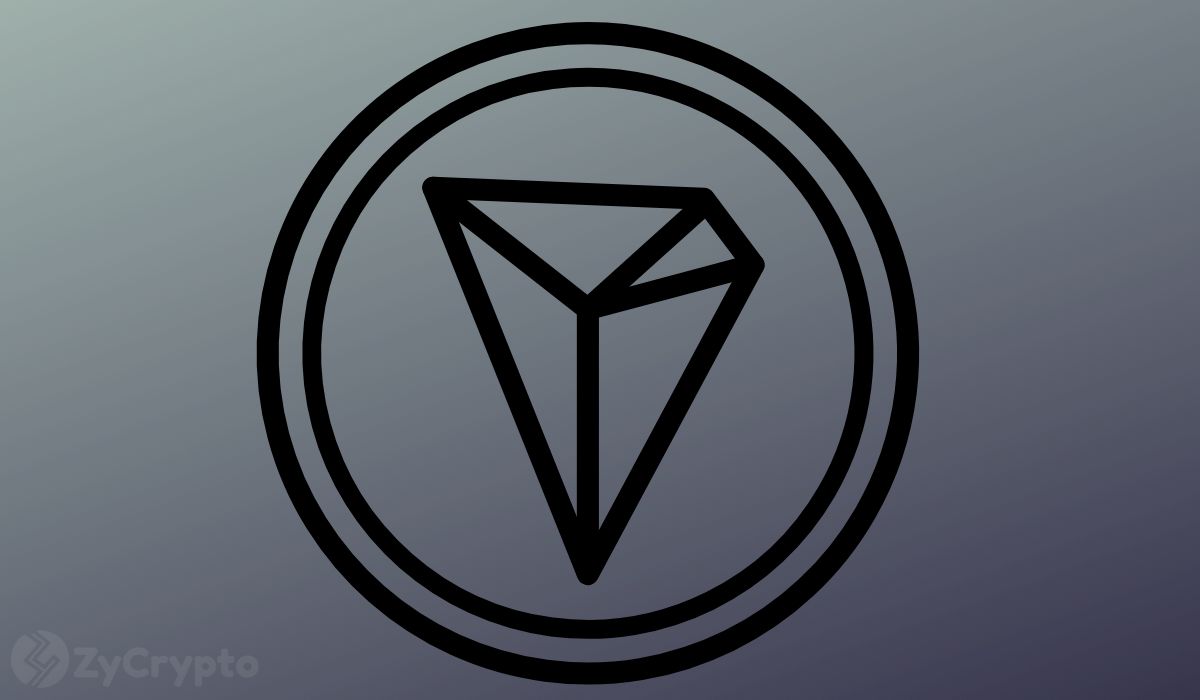TRON-based USDT accelerates inflows to centralized exchanges as supply grows

TRON-based USDT is changing its profile, with recent inflows to centralized exchanges. Despite its high supply, this version of USDT was mostly used within the TRON ecosystem and for P2P payments.
The TRC-20 version of TRON is flowing into exchanges, in a shift of its trading profile. The token’s supply is back at 63.73B, with additional inflows in the past week. The inflows also increased after Tether minted another 1B tokens for the TRON blockchain. The new mint arrived on March 1, though with a limited effect on the overall crypto market.
After the latest USDT mint and increased activity, TRX remained relatively unchanged. However, after the latest market drawdown, TRX only lost a cent to trade at $0.23.
TRON-based USDT accelerated its flow into exchanges during the latest bull cycle. Currently, 6.1% of USDT deposited on exchanges is coming from the TRON network. Despite the leading position of Ethereum-based tokens in terms of overall value, the TRON version makes up with activity and volumes.
Binance is the largest holder of USDT on TRON compared to all exchanges. The leading market operators are in the top 10 of holders, including Bybit, OKX, and Kraken.
At the same time, Ethereum-based stablecoins had a supply of 75.9B, with some outflows in the past week. Both versions of the token add to the growth and influence of USDT liquidity, with 5.2B new tokens added in the past month.
USDT is attempting to recover its turnover as a tool for payments, DEX activity and transfers. In the past month, USDT increased its turnover by 6.57%, up to $25B. The regulated USDC token saw volumes above $48B, but the monthly result is down by 85%. Activity on TRON, which is 10 times that of Ethereum, is the main driver for the overall performance of USDT.
TRON-based USDT offers no-fee transactions
The transfers of USDT are preparing for the promised no-fee transfer shift. Justin Sun announced the change on February 25, and the shift was supposed to happen within a week. The current fee report shows that sending USDT on TRON is still priced between $3 and $6.29, depending on the status of the sending and receiving wallet.
Free transactions are available on the TRON chain, with no additional expenses to onboard the token. USDT remains the stablecoin with the highest turnover and usage for both centralized and decentralized markets.
USDT boosts the available liquidity on TRON, but the project’s founder aims to revive Decentralized USD (USDD). The stablecoin is riskier, due to its algorithmic issuance.
One of the functions of USDT on TRON is to support the liquidity of USDD. The effect of increasing printing and activity may boost the usage of USDD for passive income, DeFi, and other tasks.
However, USDD has been viewed with skepticism as a potentially risky asset. The previous version of USDD suffered de-pegs and was phased out during the bear market. After the 2024 bull market, TRON’s founder Justin Sun returned to the idea of USDD and once again started growing the token’s supply.
Sun explained that currently, USDD is gaining popularity, and will offer a 1:1 swap with USDT.
“USDD is currently positioned as the wrapped version of USDT. The relationship between USDD and USDT is currently very similar to the relationship between WETH (Wrapped ETH) and ETH. Why should ETH be wrapped into WETH? Because the standards of Defi protocols are different, WETH is easier to interact with DeFi protocols,” explained Sun in a recent post on X.
Sun has also tried to grow the acceptance of the TRON ecosystem, where critics have seen risk due to non-transparent creation of tokens. One of the latest bids to raise the value of TRON is the partnership and consultancy position with Trump’s investment fund, World Liberty Fi. The fund still owns 41.718M TRX, while Sun has acquired a $30M stake by buying WLFI tokens.
At this point, it remains to be seen whether the TRON ecosystem will become part of the US-centered crypto activity.
Cryptopolitan Academy: Coming Soon - A New Way to Earn Passive Income with DeFi in 2025. Learn More
TRON-based USDT accelerates inflows to centralized exchanges as supply grows

TRON-based USDT is changing its profile, with recent inflows to centralized exchanges. Despite its high supply, this version of USDT was mostly used within the TRON ecosystem and for P2P payments.
The TRC-20 version of TRON is flowing into exchanges, in a shift of its trading profile. The token’s supply is back at 63.73B, with additional inflows in the past week. The inflows also increased after Tether minted another 1B tokens for the TRON blockchain. The new mint arrived on March 1, though with a limited effect on the overall crypto market.
After the latest USDT mint and increased activity, TRX remained relatively unchanged. However, after the latest market drawdown, TRX only lost a cent to trade at $0.23.
TRON-based USDT accelerated its flow into exchanges during the latest bull cycle. Currently, 6.1% of USDT deposited on exchanges is coming from the TRON network. Despite the leading position of Ethereum-based tokens in terms of overall value, the TRON version makes up with activity and volumes.
Binance is the largest holder of USDT on TRON compared to all exchanges. The leading market operators are in the top 10 of holders, including Bybit, OKX, and Kraken.
At the same time, Ethereum-based stablecoins had a supply of 75.9B, with some outflows in the past week. Both versions of the token add to the growth and influence of USDT liquidity, with 5.2B new tokens added in the past month.
USDT is attempting to recover its turnover as a tool for payments, DEX activity and transfers. In the past month, USDT increased its turnover by 6.57%, up to $25B. The regulated USDC token saw volumes above $48B, but the monthly result is down by 85%. Activity on TRON, which is 10 times that of Ethereum, is the main driver for the overall performance of USDT.
TRON-based USDT offers no-fee transactions
The transfers of USDT are preparing for the promised no-fee transfer shift. Justin Sun announced the change on February 25, and the shift was supposed to happen within a week. The current fee report shows that sending USDT on TRON is still priced between $3 and $6.29, depending on the status of the sending and receiving wallet.
Free transactions are available on the TRON chain, with no additional expenses to onboard the token. USDT remains the stablecoin with the highest turnover and usage for both centralized and decentralized markets.
USDT boosts the available liquidity on TRON, but the project’s founder aims to revive Decentralized USD (USDD). The stablecoin is riskier, due to its algorithmic issuance.
One of the functions of USDT on TRON is to support the liquidity of USDD. The effect of increasing printing and activity may boost the usage of USDD for passive income, DeFi, and other tasks.
However, USDD has been viewed with skepticism as a potentially risky asset. The previous version of USDD suffered de-pegs and was phased out during the bear market. After the 2024 bull market, TRON’s founder Justin Sun returned to the idea of USDD and once again started growing the token’s supply.
Sun explained that currently, USDD is gaining popularity, and will offer a 1:1 swap with USDT.
“USDD is currently positioned as the wrapped version of USDT. The relationship between USDD and USDT is currently very similar to the relationship between WETH (Wrapped ETH) and ETH. Why should ETH be wrapped into WETH? Because the standards of Defi protocols are different, WETH is easier to interact with DeFi protocols,” explained Sun in a recent post on X.
Sun has also tried to grow the acceptance of the TRON ecosystem, where critics have seen risk due to non-transparent creation of tokens. One of the latest bids to raise the value of TRON is the partnership and consultancy position with Trump’s investment fund, World Liberty Fi. The fund still owns 41.718M TRX, while Sun has acquired a $30M stake by buying WLFI tokens.
At this point, it remains to be seen whether the TRON ecosystem will become part of the US-centered crypto activity.
Cryptopolitan Academy: Coming Soon - A New Way to Earn Passive Income with DeFi in 2025. Learn More

